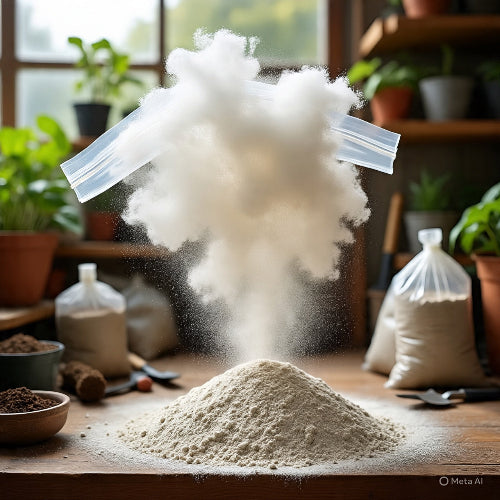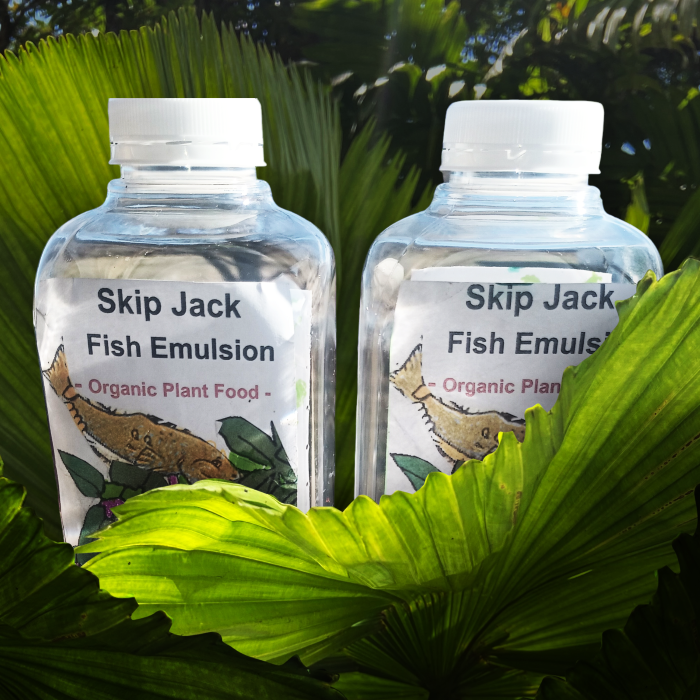

Our Feature Red Wigglers Worms

About Red Wigglers Composting Worms
Get Healthy Red Wiggler
Worms for Your Garden Composting
Red Wiggler Worms are nature’s best composting worms, known for their ability to turn food scraps and organic waste into rich, dark worm castings. These worms thrive in compost bins, raised beds, and garden soil, improving aeration and moisture retention. Ideal for gardeners and eco-conscious homeowners, red wigglers are easy to maintain and multiply quickly. Whether you’re starting a worm bin or enhancing soil quality, red wigglers make composting simple and sustainable.
Subscribe to our emails
Be the first to know about new collections and special offers.
Common Questions About Red Wiggler Worms
Everything You Need to Know
What are red wiggler worms good for?
Red wiggler worms (Eisenia fetida) are great for composting and soil improvement. They turn kitchen scraps and organic waste into nutrient-rich worm castings. These castings boost soil health, help plants grow faster, and reduce the need for chemical fertilizers.
How many red wigglers can live in a 5-gallon bucket?
A 5-gallon bucket can comfortably hold about 500 to 800 red wigglers. This number depends on how much food and bedding you provide. Make sure the bucket has drainage holes and proper airflow. Overcrowding can stress the worms and slow down composting.
Can you just put red wigglers in your garden?
Yes, but only in moist, shaded soil. Red wigglers prefer compost piles or worm bins, not deep garden soil. They live near the surface and feed on decaying material. If you want them in your garden, add compost and mulch to keep them happy.
How do you keep red wigglers alive?
Keep their environment moist, cool, and dark. Ideal temperature: 55–77°F. Feed them small amounts of kitchen scraps like fruits, vegetables, and coffee grounds. Avoid meat, dairy, or oily food. Change bedding every few months and make sure air circulates well.
What is the lifespan of a red wiggler worm?
Red wigglers live about 1 to 2 years in good conditions. They reproduce quickly, laying cocoons that hatch in about three weeks. A small worm colony can double in size every few months with proper care.
Can you mix earthworms and red wigglers?
You can, but it’s not ideal. Red wigglers live near the surface, while earthworms (like Lumbricus terrestris) prefer deeper soil. They need different environments. Mixing them can cause stress and reduce composting efficiency.
What’s the best bedding for red wigglers?
Use materials that stay moist but airy, like shredded cardboard, coconut coir, or peat moss. Avoid glossy paper or treated wood shavings. Add crushed eggshells to balance pH. Change bedding when it starts to smell or compact.
Do worms multiply when cut in half?
No, that’s a myth. Only the head end of a worm might survive if the cut is near the tail, and even that’s rare. Worms reproduce through mating and cocoons, not regeneration.















































